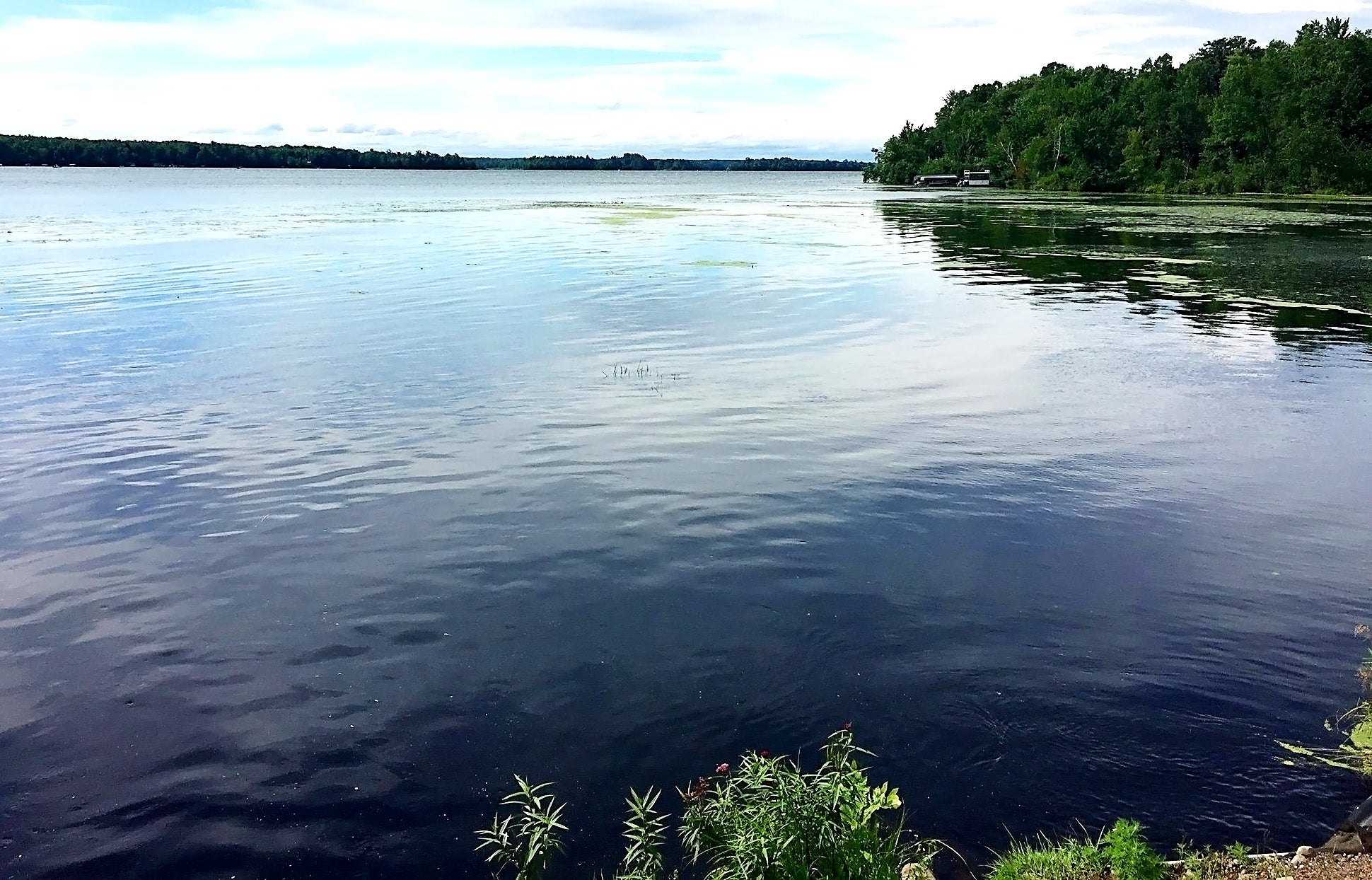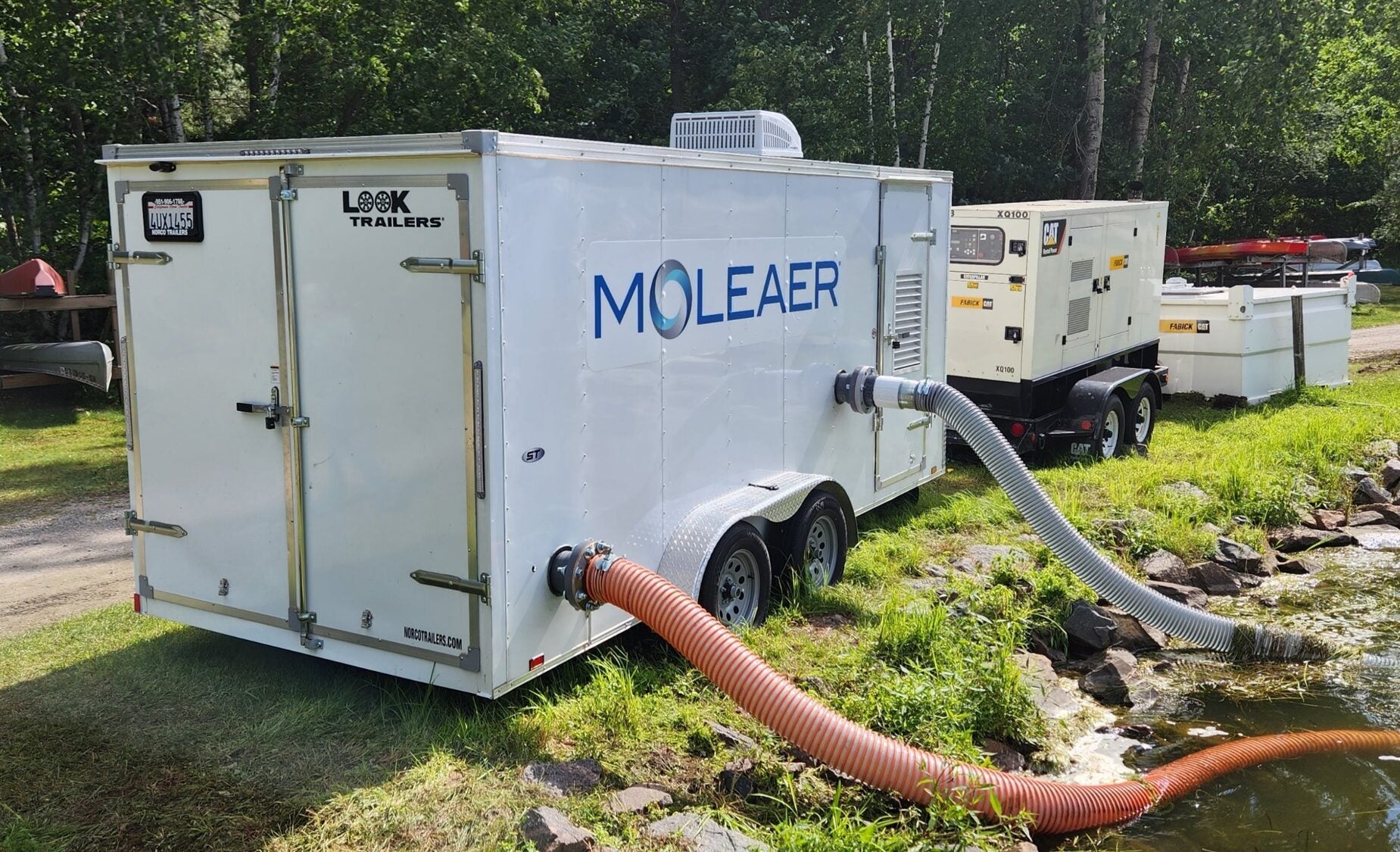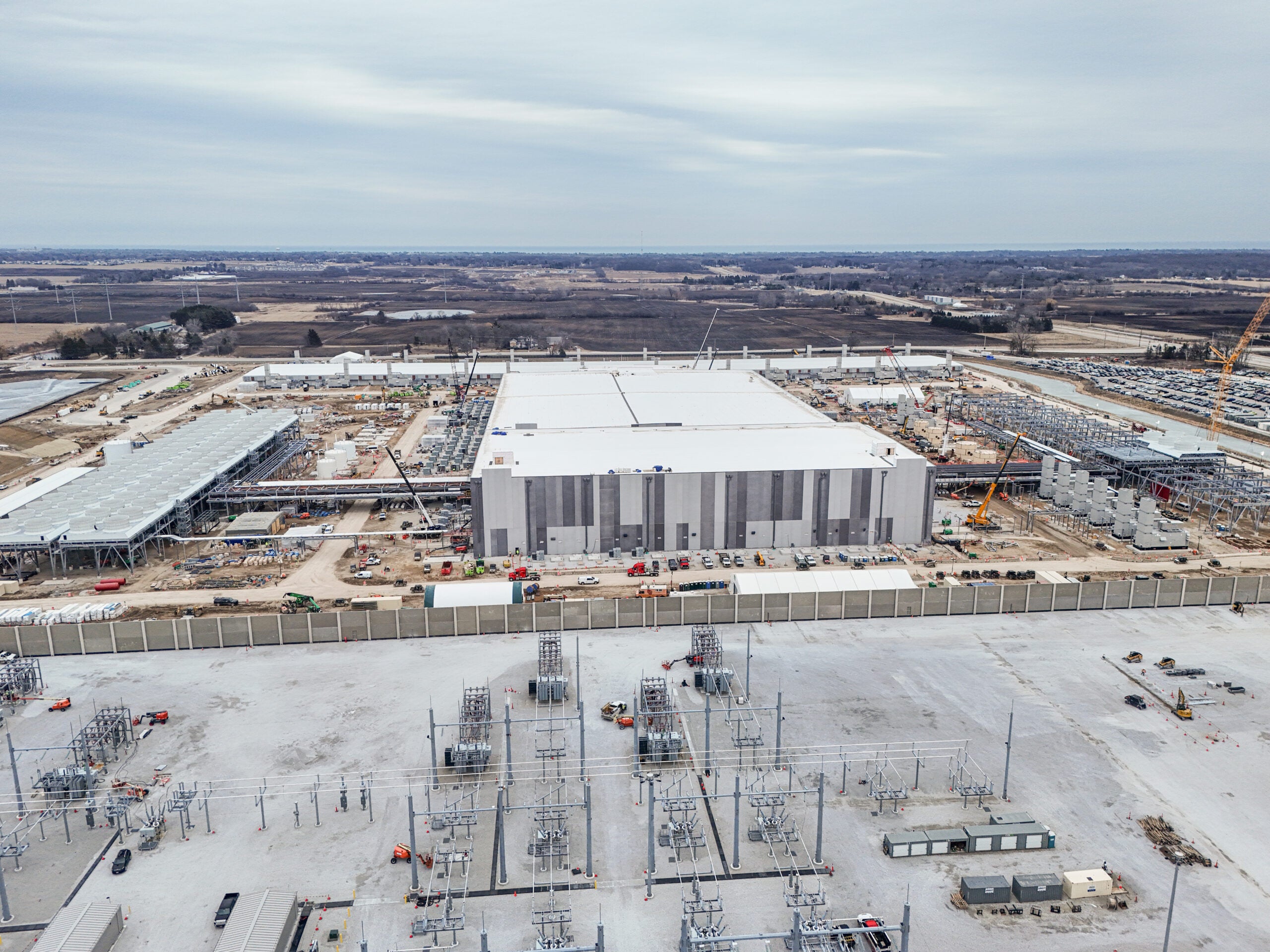Jean Hedren never hears homebuyers in northern Wisconsin say they don’t care if the lake by their prospective home is green.
“It’s got to be clear,” said Hedren, an Edina Realty real estate agent who specializes in selling lake homes in northwest Wisconsin.
Generally speaking, Hedren said it’s true people will spend more money on lakes with clearer water, and a recent study from the University of Wisconsin-Eau Claire shows just how much water clarity is worth.
News with a little more humanity
WPR’s “Wisconsin Today” newsletter keeps you connected to the state you love without feeling overwhelmed. No paywall. No agenda. No corporate filter.
Published in August, research by UW-Eau Claire economy professor Thomas Kemp and economics students confirms previous studies that say the clarity of water in Wisconsin lakes has a direct connection to nearby property values.
“The people of Wisconsin obviously value relatively pristine water,” Kemp said.
Kemp and his students focused on 60 lakes in north-central Wisconsin’s Vilas and Oneida counties in the most recent iteration of the study, which found that if water clarity on those lakes is improved by about 3 feet, average home sales of surrounding properties would increase from $8,000 to $32,000.
The study used a type of model popularly used by economists to determine markets values of characteristics of homes located on lakes. Home sales data was taken from the housing website Zillow and county property records.
Data from state Department of Natural Resources’ water studies provided information on lake water clarity. The water clarity is determined by lowering a disk into the water and measuring the point the disc cannot be seen.

Round Lake in Price County. Photo courtesy of David Kemp.
Kemp said the accuracy of the study comes from making sure there’s a good sampling of homes and lakes to reflect all scenarios, such as a large home on a small lake, a home with a big yard on a large lake, and numerous other examples. Through statistical testing, the research team controls for all variables except for property values and water clarity.
On lakes that haven’t yet been treated for better clarity, Kemp and his team could make deductions about what the value of a home on the lake would be with clearer water by looking at what similar homes sold for elsewhere.
“We compare apples to apples,” he said. “It’s not speculative. That’s what somebody paid for it.”

Secchi disks are used to measure water clarity by inserting a disk into the water and measuring the point at which it’s no longer seen. Photo: Courtesy of Thomas Kemp.
Of the 60 lakes studied, the 113-acre McCormick Lake in Oneida County would stand to benefit the most from clearer water, the results show. Improving water clarity by more than 6 feet would increase average property values by almost $54,000.

Butternut Lake in Forest County. Photo courtesy of David Kemp.
The study, “The Impact of Water Clarity on Home Prices in Vilas and Oneida Counties, Wisconsin,” was conducted because of a request from the Vilas County Land & Water Conservation Department.
Mariquita Sheehan, a conservation specialist with the department in Eagle River, said the department thought such a study could help it gather more information on the economic value of its lakes.
“It’s one more tool in the toolbox for us to show how important protecting water clarity and quality are and how changes to water clarity can have ripple effects economically,” said Sheehan.
The Vilas and Oneida study followed one in 2016, also conducted by Kemp and his students, and was the first of its kind in the state.
Now two years old, “The Impact of Water Clarity on Home Prices in Northwest Wisconsin,” found improvements made to water quality on 20 northern Wisconsin lakes translated into higher values of nearby properties.
In northwestern Wisconsin’s Sawyer County, where part of the 2016 study was conducted, the researchers looked at Lake Chetac and found that if water clarity increased by 3 feet, average property values would improve by 10 to 11 percent. That would result in the average home value increasing from about $244,000 to $269,000 and bring in an additional $112,800 in county property taxes.
But not all lakes are equal.
Higher property values were attributed to lakes that saw a larger degree of change in water clarity. Lakes that were already clear didn’t see as much improvement in property values, the study shows.
For example, Hedren said homes on Round Lake, near Hayward, generally get a higher price per property because the water is so clear — the Secchi disk reading is about 20 feet. But adding 3 feet of clarity only would improve property values by about 1.65 percent, one of the lowest of the 20 lakes surveyed.
The table shows the estimated property values for homes with current water quality in the first column, and then lists the water quality value on the property. Columns three and four show how those values would change if the lake gained one or three feet of more water clarity. Graphic courtesy of “The Impact of Water Clarity on Home Prices in Northwest Wisconsin.”
Kemp said the studies, which he estimates took about 80 hours each over periods of three to five months to complete, are valuable in part because they provide specifics about whether spending money on improving water quality is worth the reward of higher property values.
Depending on the cause of the water’s lack of clarity, some remediation might be cheaper, such as moving boats off the lake or setting up a barrier between farmland and the lakes. Other causes, such as nearby vegetation or trees, might not be worth losing to improve water clarity.
“If you cut down the trees and vegetation, maybe you lose something somewhere else,” Kemp said. “I think it moves us a long way down the road of understanding when it makes sense to put resources into lakes and maybe when it doesn’t.”
Kemp said sometimes it can be an issue for the DNR to get out to lakes and conduct water clarity tests, and noted he hopes this study elucidates the importance of doing that.
While Kemp is in the process of completing a third study on Manitowoc County on the eastern side of the state, those affiliated with previous studies are already putting the results to work.
Sheehan said the data will be used by her department in connection with the Vilas and Oneida lakes and rivers associations to inform landowners and other organizations, who she hopes can use that data when making decisions.
“Some are passionately interested in the natural world … and sometimes people perceive it as an economic investment,” she said of people who choose to live near lakes. “This is another way to show why it’s so important to protect water clarity.”
Wisconsin Public Radio, © Copyright 2025, Board of Regents of the University of Wisconsin System and Wisconsin Educational Communications Board.







